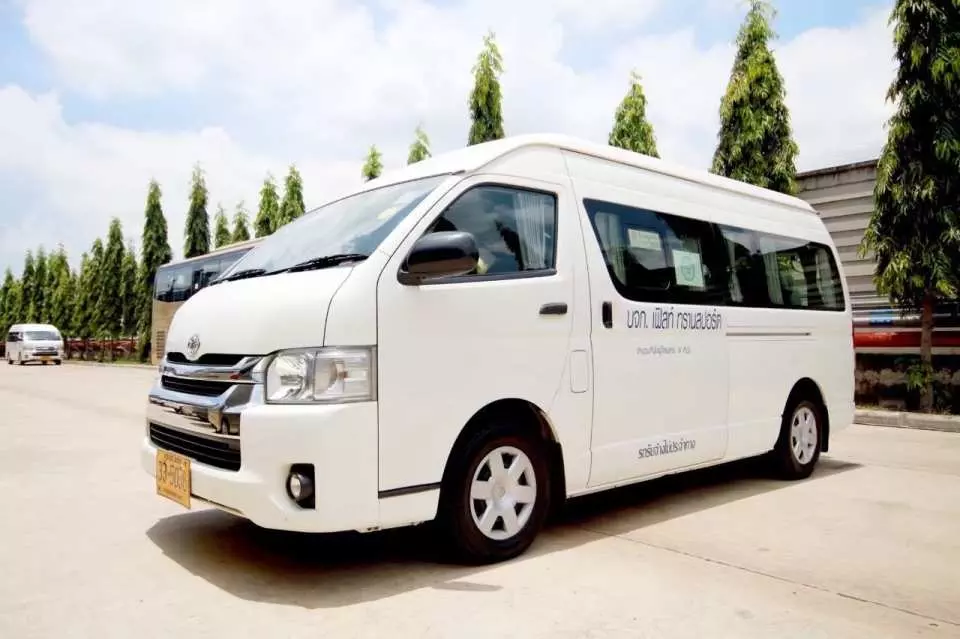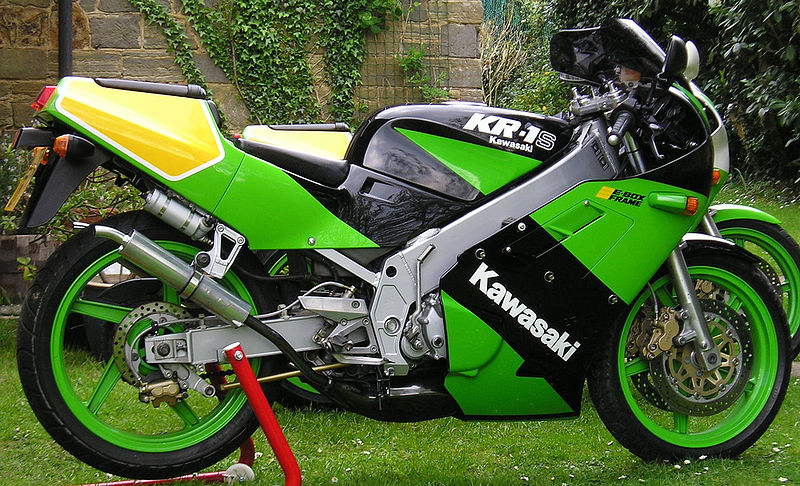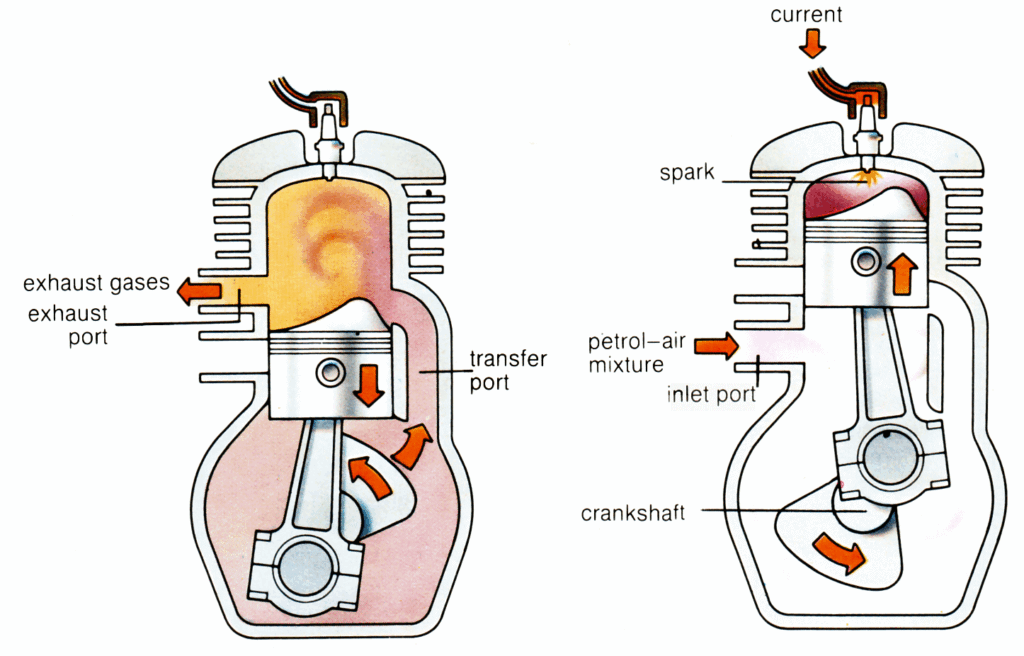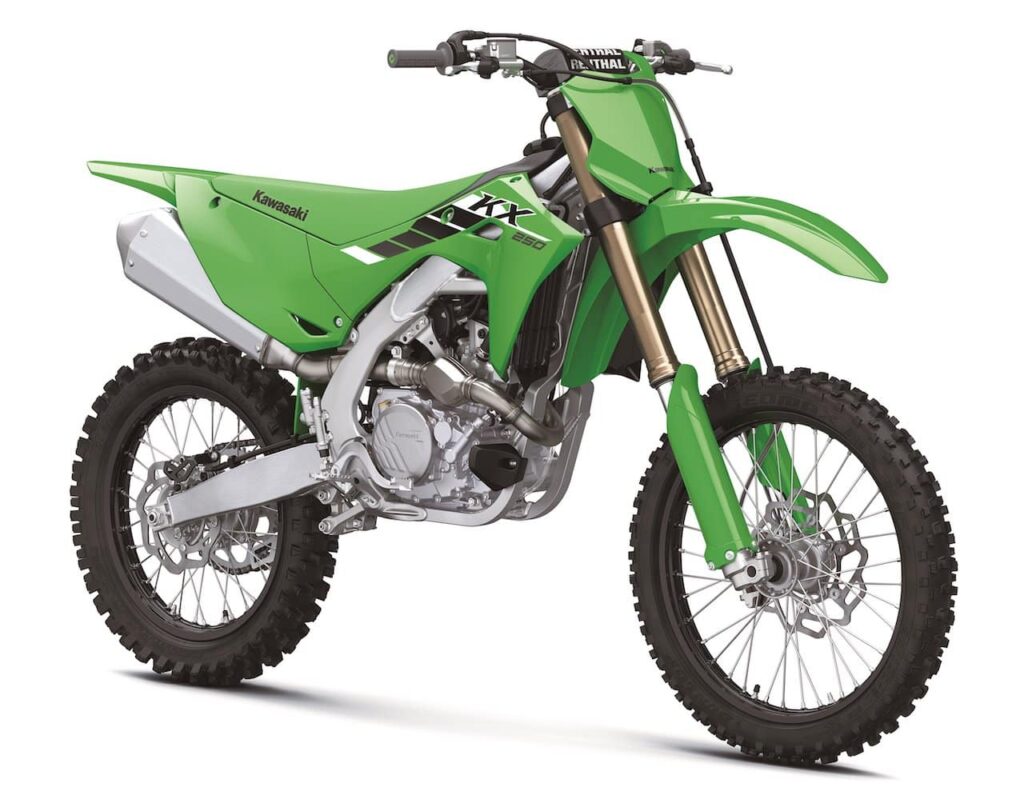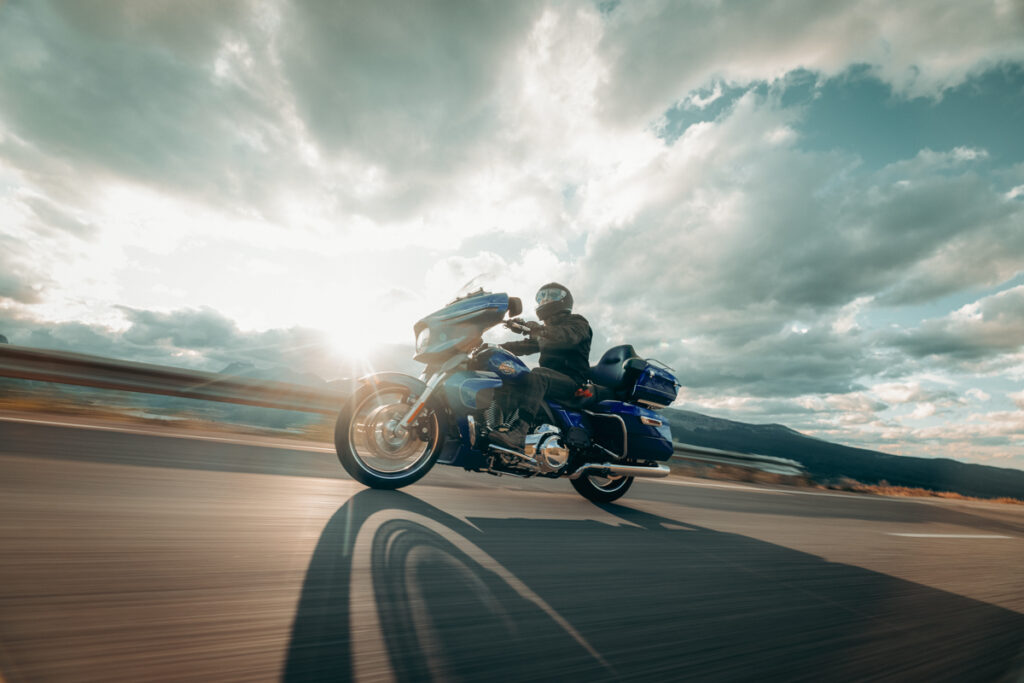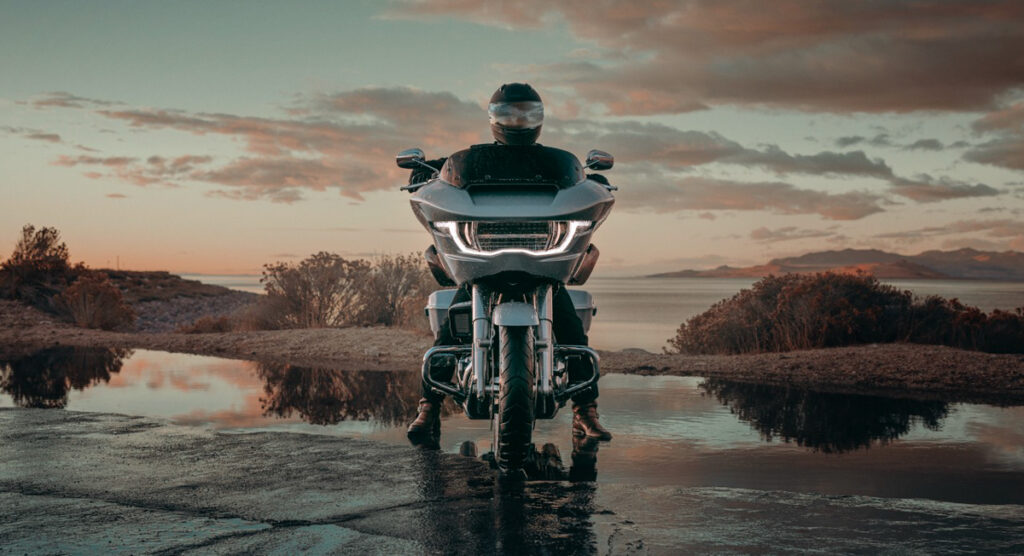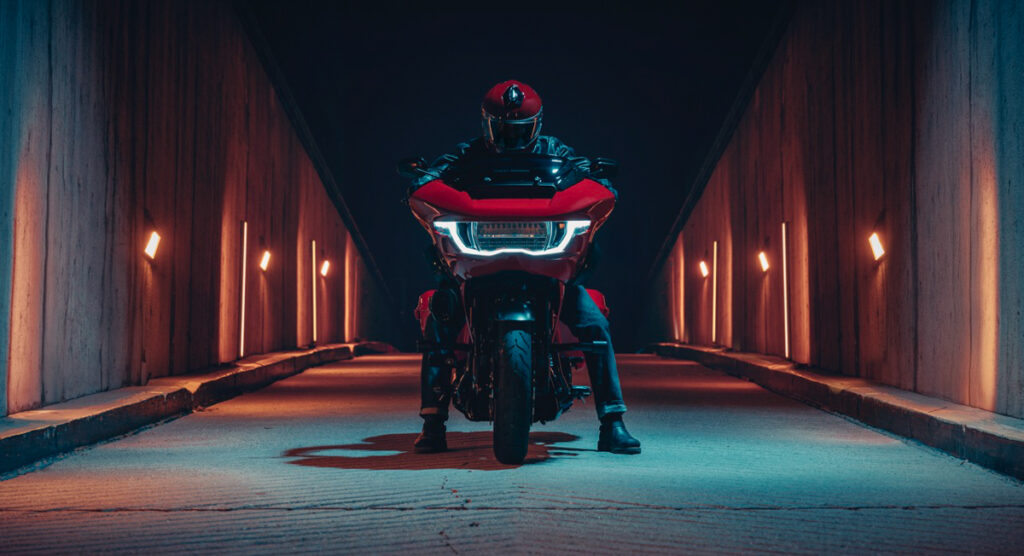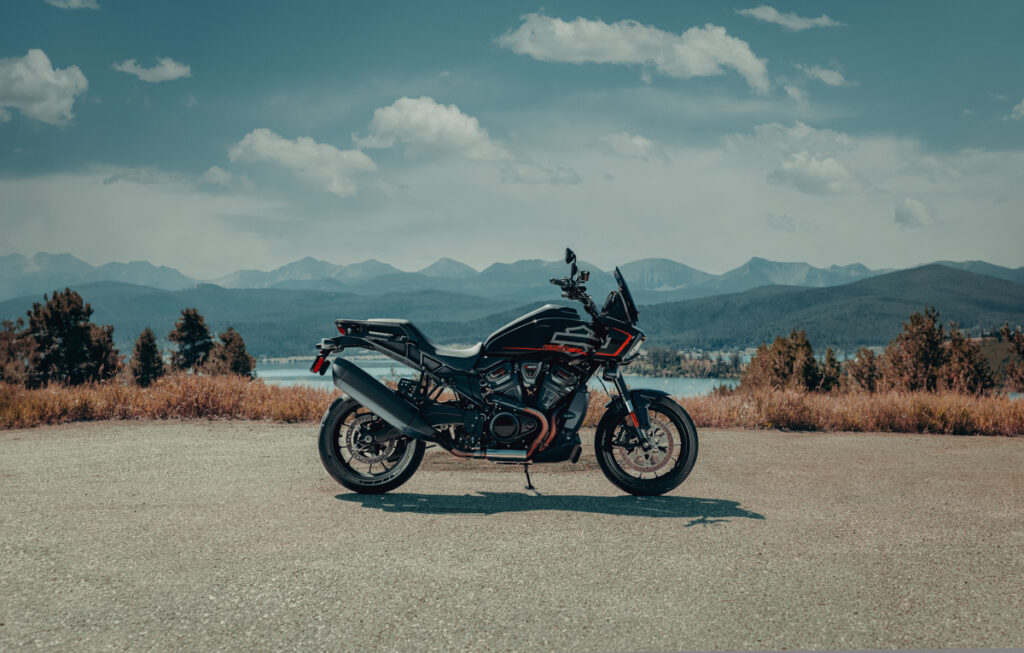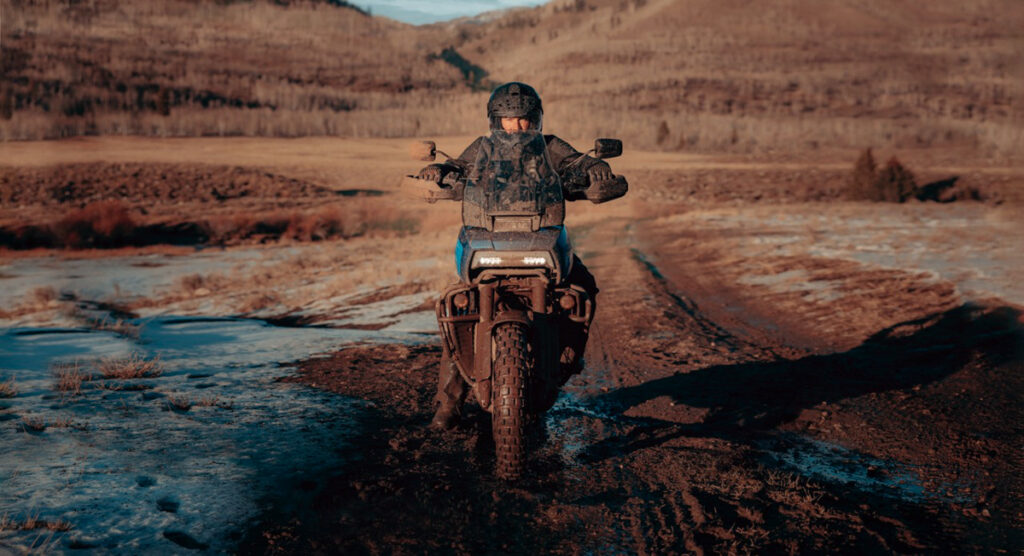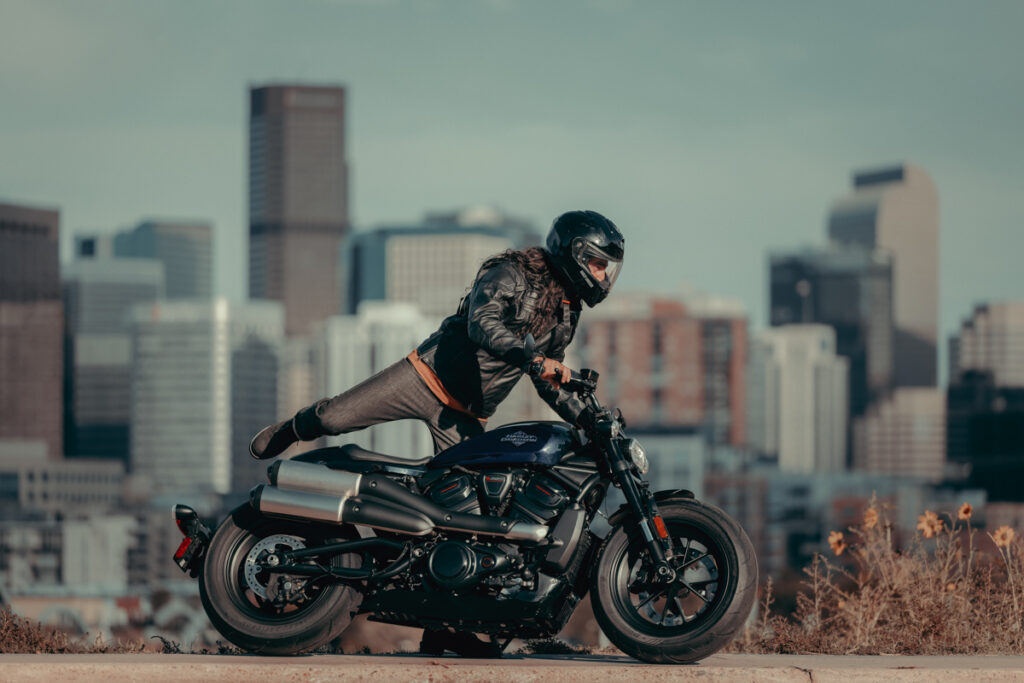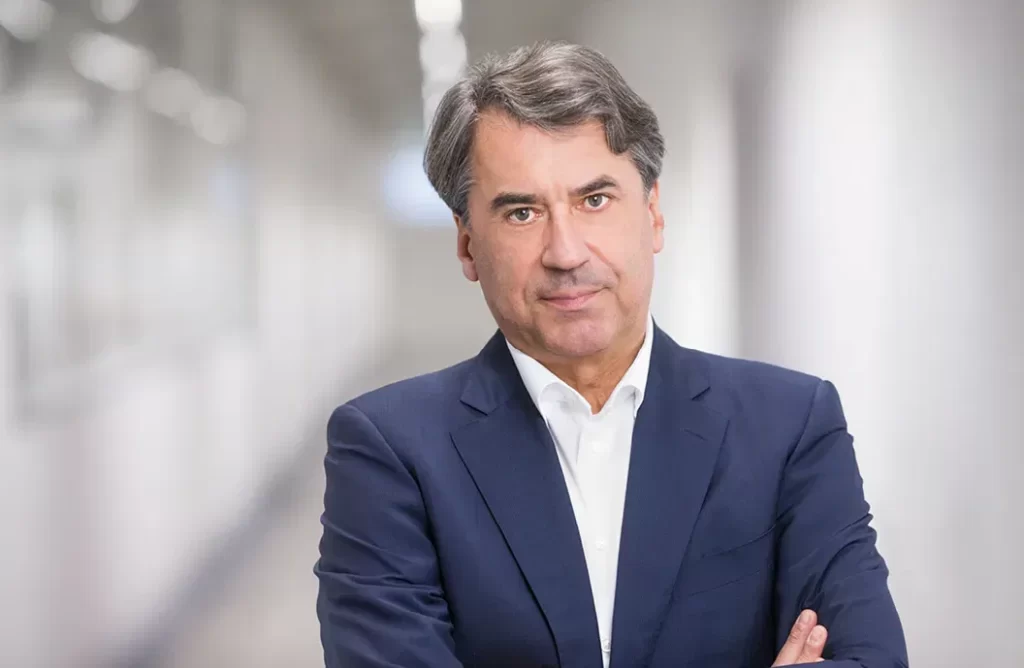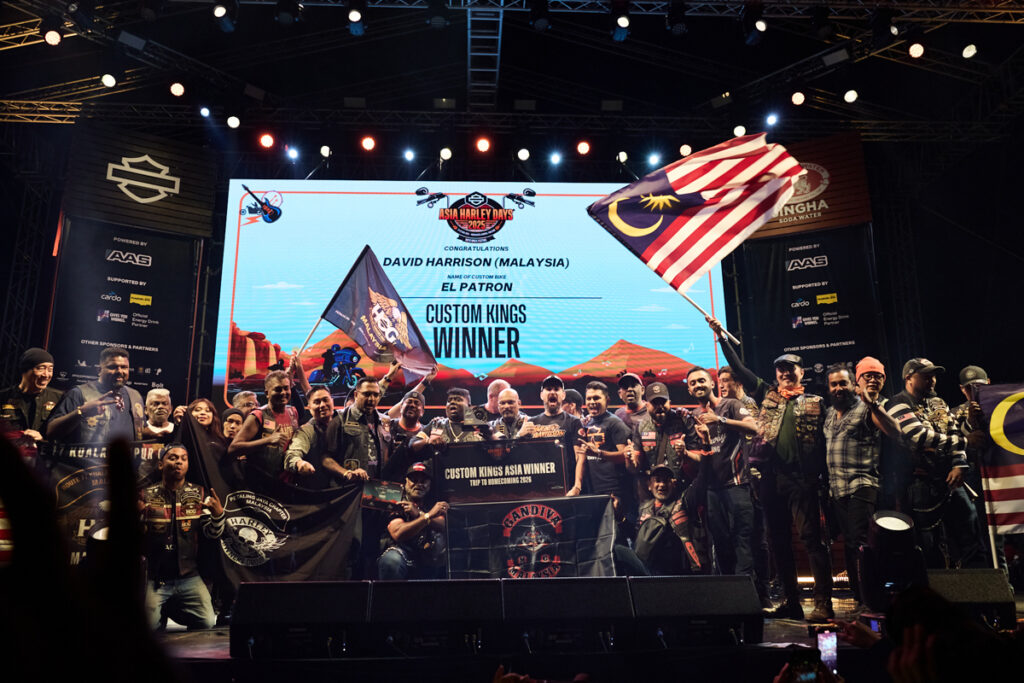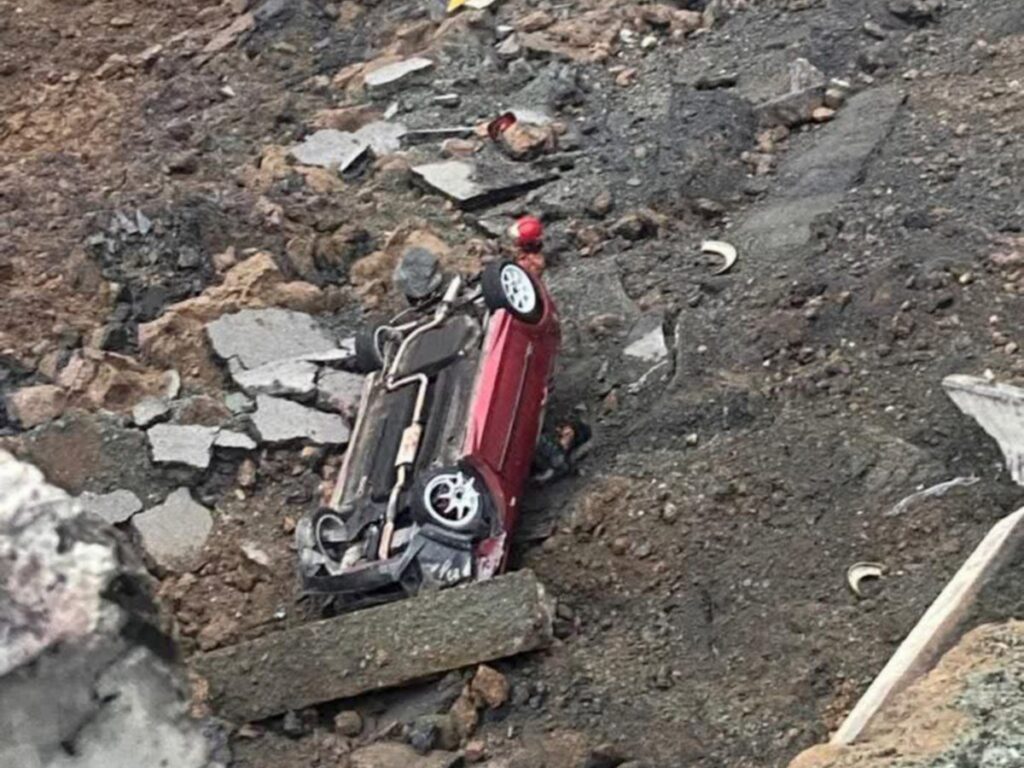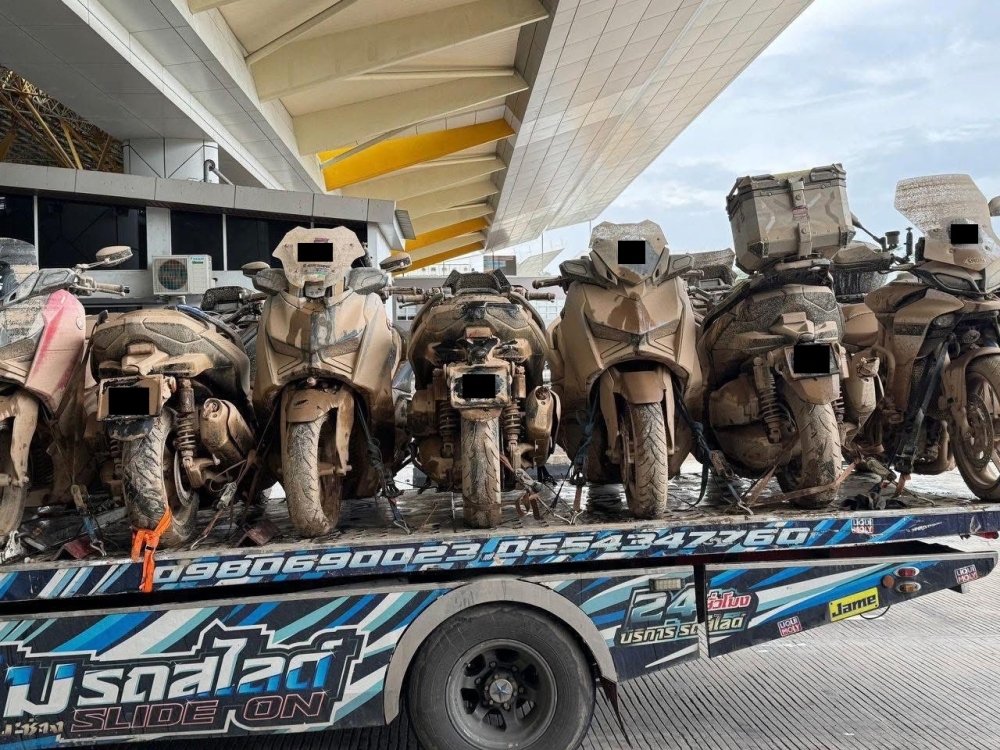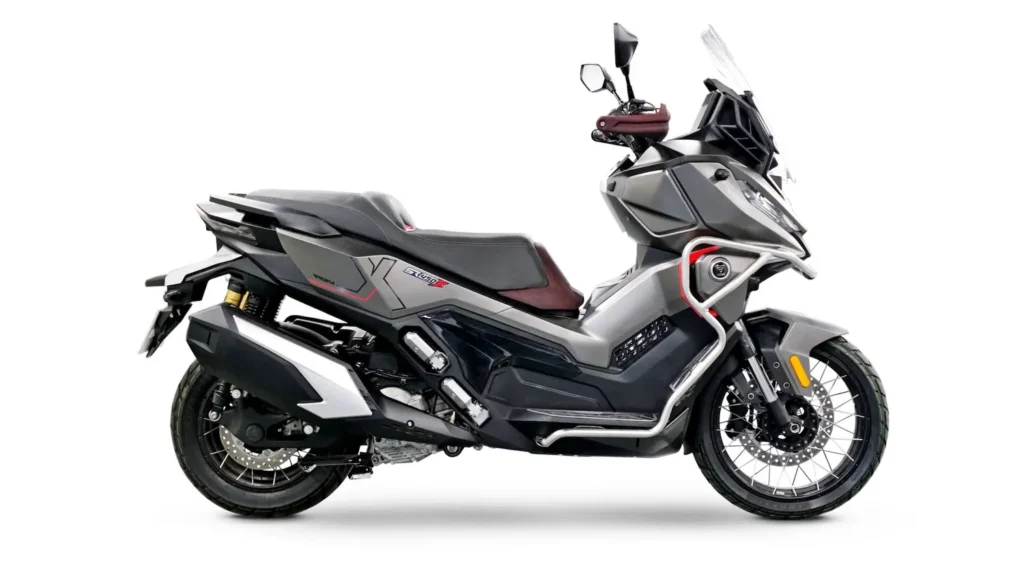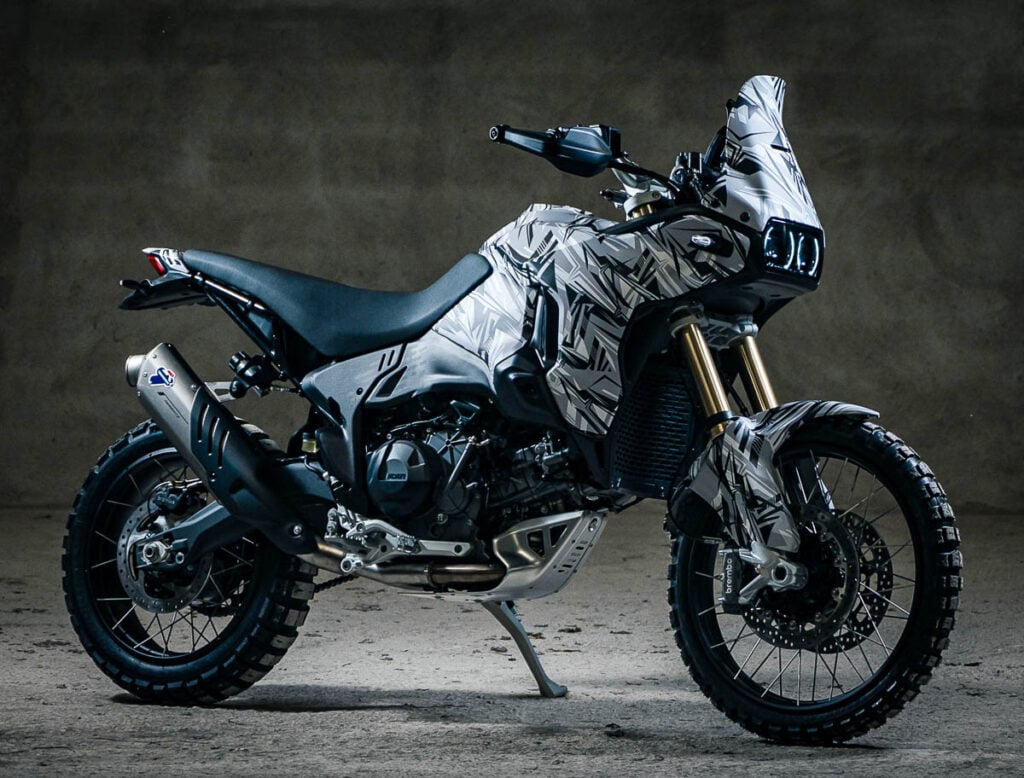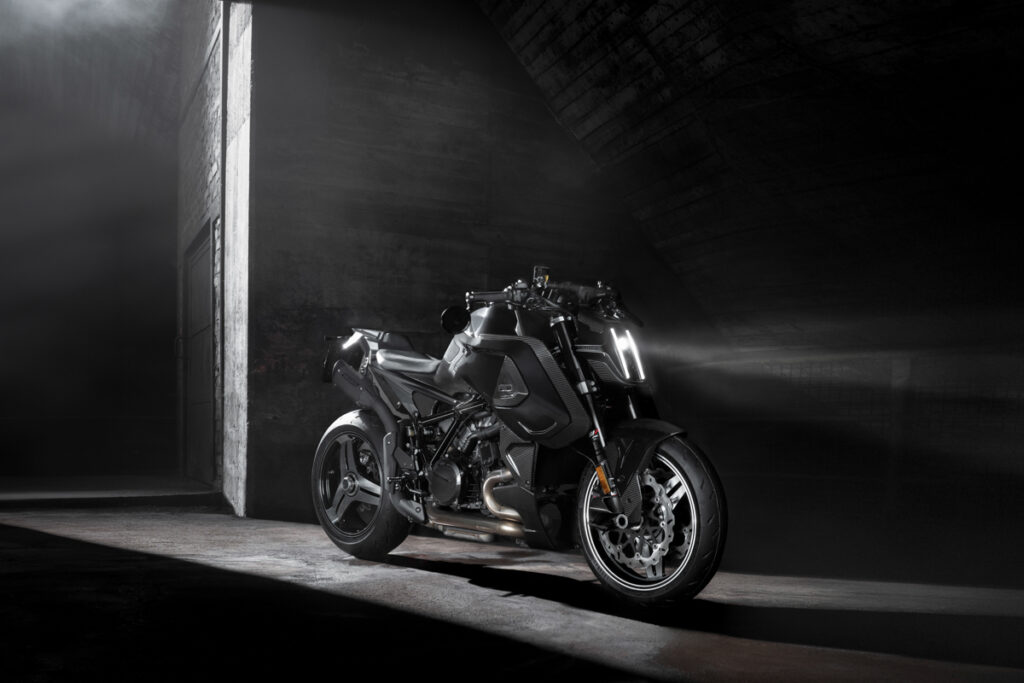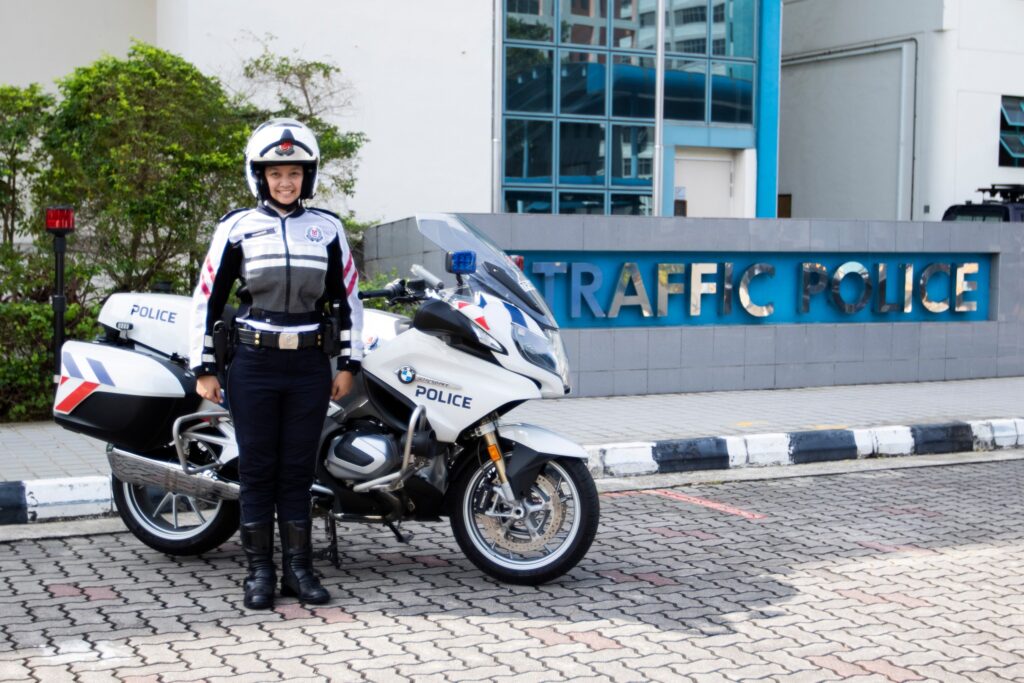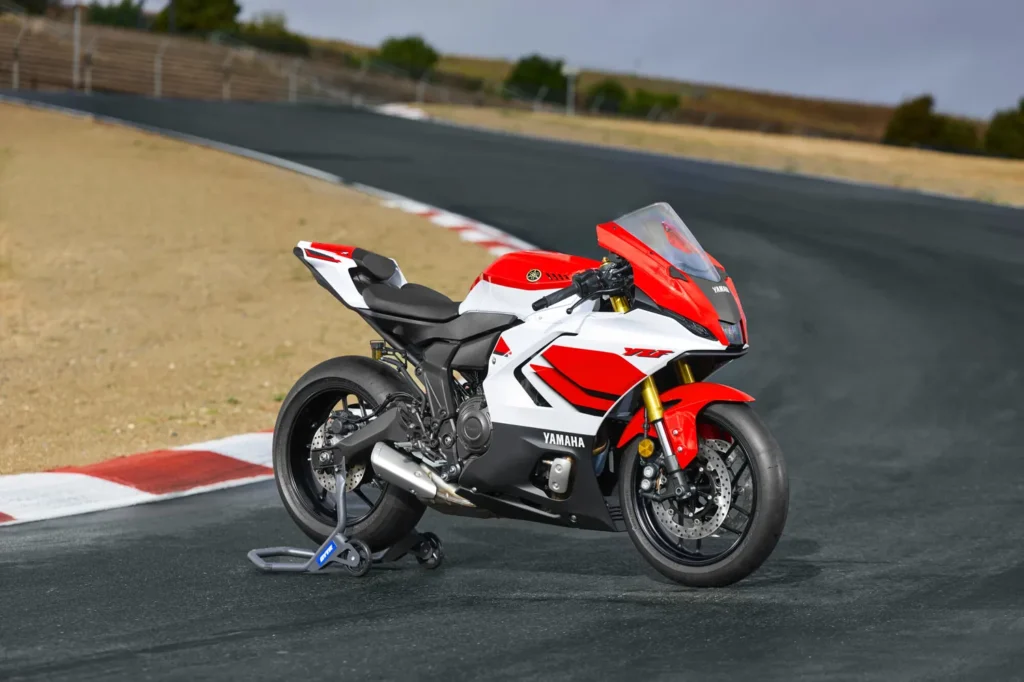Sebuah van Thailand mempunyai 85 saman tertunggak membabitkan pelbagai kesalahan yang dikesan dilakukan sepanjang tempoh tiga tahun lalu.
Perkara itu dikesan selepas semakan dilakukan Jabatan Pengangkutan Jalan (JPJ) sejurus van terbabit ditahan di Perlis melalui Op Tunggak yang dilaksanakan bermula 1 Januari lalu.
Ketua Pengarah Jabatan Pengangkutan Jalan (JPJ), Datuk Aedy Fadly Ramli, mengesahkan perkara itu, dengan 16 van Thailand yang ditahan dalam op berkenaan masih disita sehingga kini.
Mengulas lanjut, katanya kesalahan paling banyak dikesan adalah membabitkan salah guna Permit Edaran Antarabangsa (ICP).
“Ada sebuah van Thailand yang ditahan di Perlis dan dari semakan dibuat, didapati terdapat 85 tunggakan saman yang dikesan dilakukan sejak tiga tahun lalu, namun pemiliknya sudah menyelesaikan semua tunggakan bernilai RM25,500.
“Selain salah guna ICP, kesalahan lain dikesan contohnya penggunaan cermin gelap. Walau ia dibenarkan di negara mereka (Thailand), tapi bila masuk ke negara kita perlu patuhi undang-undang di sini.”
Aedy Fadly berkata, ICP hanya dikeluarkan kepada kenderaan persendirian dalam tempoh 90 hari berada dalam negara ini, sebaliknya ada pemandu warga asing menyalahgunakannya dengan membawa penumpang.
Beliau berkata, kesalahan itu tidak boleh dikompromi kerana jelas melanggar peraturan di bawah Akta Pengangkutan Jalan (APJ) 1987, selain boleh mendatangkan kesan buruk kepada banyak pihak berikutan perlindungan insuran.
“Selain membawa penumpang sama ada warga asing atau tempatan, van Thailand yang tiada ICP juga mengangkut pekerja warga mereka yang bekerja di pelbagai premis terutama kedai makan.
“Kita tidak ingin isu salah guna ICP ini berterusan selain bimbang jika berlaku kemalangan membabitkan kenderaan ini, tiada insurans dilindungi dan mungkin akan menjadi isu kerana membabitkan mangsa, pemandu serta kerajaan kedua-dua negara,” katanya.
Mengulas Op Tunggak, beliau memaklumkan 182 pemandu warga asing dengan 163 kenderaan dikesan mempunyai saman tertunggak sepanjang 24 hari operasi dijalankan.
Dalam tempoh itu juga, katanya 172 kenderaan asing diambil tindakan membabitkan 619 notis JPJ (P) 22 yang dikeluarkan.
“Bayaran saman dikutip adalah RM425,104 membabitkan 332 saman tertunggak yang sudah diselesaikan,” katanya.

